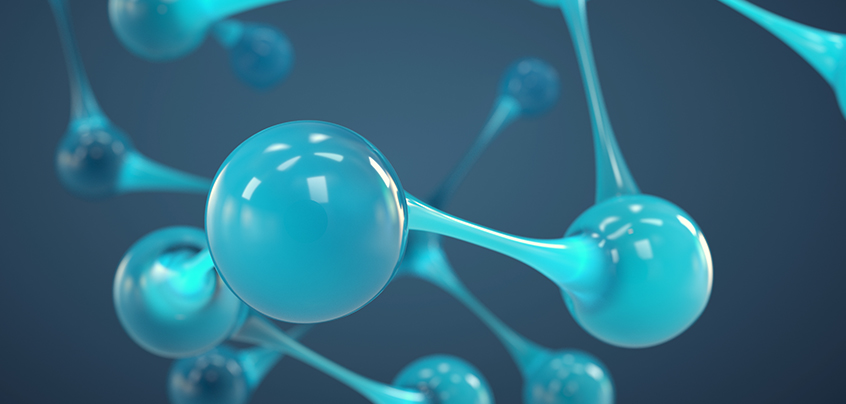



08, April 2019

PET (Polyethylene Terephthalate) is a thermoplastic polymer resin of the polyester family. PET consists of polymerized units of the monomer ethylene terephthalate, with repeating (C10H8O4) units. It finds a huge market in the consumer goods industry; ex: for fibres in clothing, liquid containers, thermoforming, glass manufacturing and engineering resins.
Below listed are the top-three applications of the PET market:-
Plastic bottles are the most common ways of packaging beverages, detergent and other consumer goods. PET provides toughness to these bottles at an economical price. Unlike glass bottles, PET bottles are rugged and resilient. They don’t shatter easily, making the packaging safe to handle. They also save on the cost of paint, are lightweight, and environment-friendly as they can be easily recycled.
PET films provide excellent dimensional stability as compared to other common plastic films. They have high tensile strength and can sustain over a wide temperature range. The most noted polyester film is the biaxially oriented PET, commonly known as BOPET. It provides retention of physical properties over a temperature range of -70°C to 100°C. PET films are increasingly finding use in medical packaging, microwave packaging, solar and safety window films, plastic cards, transformer insulation films and flexible printed circuits. Due to the low odor, high chemical resistance and inertness, PET films are being approved by the FDA as an aroma barrier in tobacco and coffee packaging. Which brings us to our third application, that is-
Packaging is an important aspect for every industry. Due to the global rise in industrialization, there is a growing demand for innovative packaging solutions that are sustainable and eco-friendly at the same time. PET is one such efficient packaging material. Comparatively, it is more sustainable than other packaging materials like glass, aluminum and other container materials. Therefore, PET packaging is increasingly being used in several industries as well as households. Transparent packaging materials like PET are often used for laundry or other surface packaging. A major advantage of transparent packaging is that the consumer can easily check the color and consistency of the products before buying. In the food industry, PET packaging varies from containers (ex: bottles, jars and tubs); semi-rigid sheets for thermoforming (blisters and trays); and thin-oriented films (bags, pouches and snack food wrappers).
Factors that give PET an edge over other plastic products for sustainable packaging Include:
Recently, various technological advancements have been made in the global PET market to enhance its sustainability and make it more user-friendly. One such technology is the plasma coating process which involves coating the PET containers with protective layers of around 50nm, making them less permeable and easy to recycle. Another technology that has been introduced in the market is the use of nano-particles. Agrindus, a Brazillian company incorporated silver nanoparticles within their PET milk bottles which doubled their shelf life. Thus, going by all these advantages and increased efforts towards technological advancements for PET, Triton Market Research expects the global PET (Polyethylene terephthalate) market to collect a net

Prevalent cases of terrorist attacks in today’s world is increasing the need for severe standards of security for public safety, and the global market for biometric technology scrupulously accommoda..
Prevalent cases of terrorist attacks in today’s world is increasing the need for..